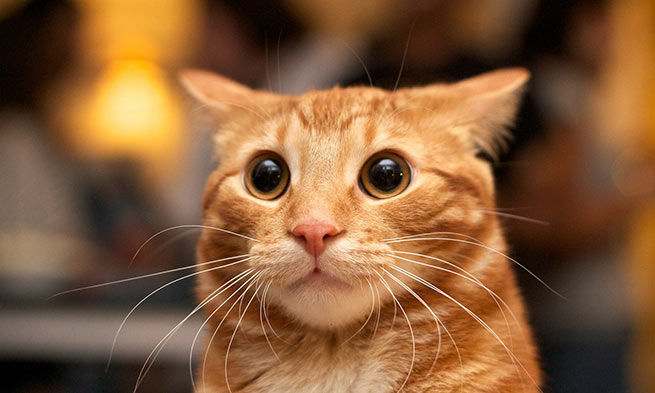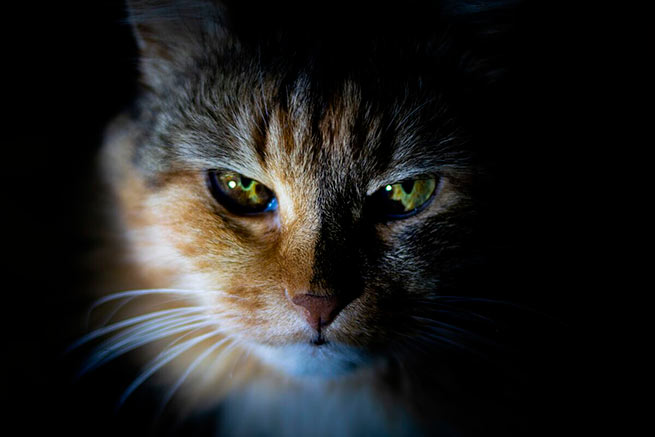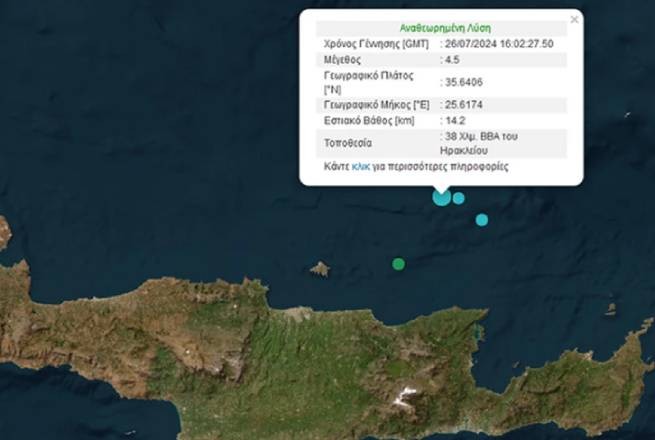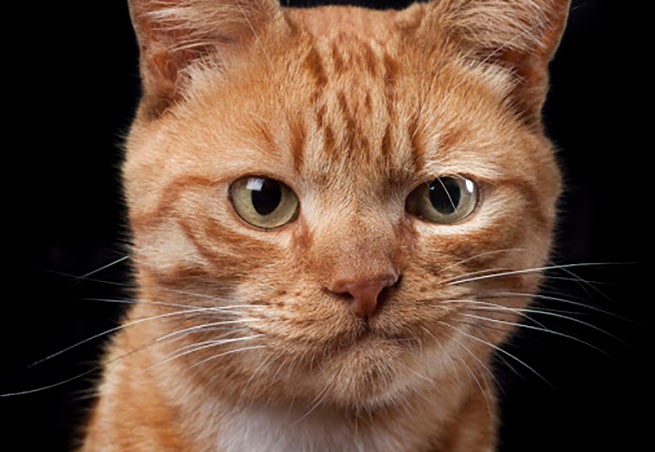Not 10, not 20, not 50, not even 100 – in a study published in the journal Behavioral Processes last month, two American scientists recorded 276 different facial expressions in cats communicating with each other.
“Our research shows that cat communication is more complex than previously thought,” she said. CNN Study co-author Brittany Florkiewicz, an evolutionary psychologist at Lyon College in Arkansas, added that their findings suggest that human domestication had a significant impact on the development of facial communication.
Florkiewicz explained that domesticated cats tend to be more socially tolerant than feral cats because they live in close proximity to humans, so the researchers expected to see expression in both positive and negative contexts. But they were surprised to see “276 morphologically distinct facial expressions.”
According to Florkiewicz and lead study author Lauren Scott, a medical student at the University of Kansas with a personal interest in cats, domestication allows cats to interact more actively with people, so they thought cats would be more expressive.

To collect the data, 53 cats were filmed at a cat cafe in Los Angeles.
To collect the data, Scott filmed 53 cats at a local café while they were both attending UCLA, between August 2021 and June 2022. Out of 194 minutes of video recording, she recorded 186 interactions between cats. These were adult domestic shorthair cats of both sexes, all neutered.
Both researchers assessed differences in facial expression using a coding system developed specifically for cats called the Cat Facial Action Coding System, as well as the number and types of facial muscle movements. Muscle movements associated with biological processes such as breathing and yawning were not included in the study.
Although Florkiewicz and Scott were unable to determine the meaning of every coded expression, they found that 45.7% of coded expressions were friendly and 37% were aggressive.

45.7% of the coded expressions were friendly, and 37% were aggressive. Tatyana Eremina / Unsplash
For example, in one friendly expression, the ears and whiskers are pushed forward and the eyes are closed, while in an aggressive cat the pupils are constricted, the ears are turned down and back, and the lip is licked with the tongue.
“We hope to expand our sample to include cats living in other locations, in multi-cat households, in herds in the wild, etc.,” says Florkiewicz. “Another goal for the future is to conduct a separate study to determine what other written expressions mean.







More Stories
Enjoying food can help you maintain your waistline
Eat as much as possible "Tiger shark"
The merciful Greek gave the snake water to drink